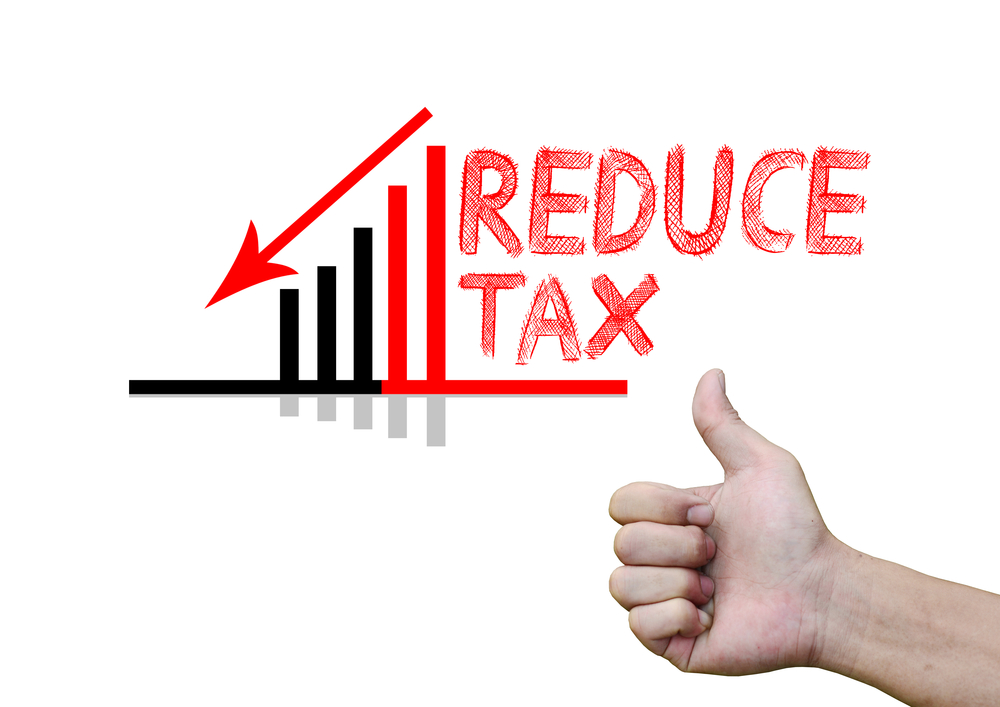As accountants we typically have to do numbers on the spot. We are often visiting family businesses around Perth and regional towns and the rule of 72 is a great tool for everyday financial calculations.
In short if you want to know how long something will take you to do double your money use the rule of 72. Divide the length of time in years you want to double you money and divide that by 72.
I did this recently. I was talking to a business owner who held property in Victoria Park. And he thought that property in Victoria Park would double every 10 years. So using the rule of 72 I took the number 72 and divided it by 10 years – which meant that the average capital growth of the suburb would need to be 7.2% a year to double in 10 years.
If you look at the old “rule” of property: is that it doubles every 7 years. So the rule of 72 means that you will need a capital growth in excess of 10% a year to enjoy those type of returns.
Now the rule of 72 is not perfect. And if you wanted to be a bit more accurate you would call it the rule of 69.3 – however it is difficult to use the number 69.3 in day to day practice.
If you are looking at a superannuation environment you can still take the rule of 72: however the return needed will include both the income yield and the capital growth of the asset invested.
You can also use the rule of 72 in reverse. So if you divide 72 by an interest rate you will find the length of time it takes to lose half of your money.
So if we have inflation running at 3% you would take 72, divide it by 3 and you would get the number 24. So if you took a cash investment and lived on the interest, the effect of inflation is that your invest would be worth half of what it is today in 24 years-time.
Likewise the return on investment does not need to be in gross dollars either. If you want to take the return on investment after inflation: simply add the price of inflation to your required return.
For example: if you wanted to double the value of your superannuation investment in 12 years the rule of 72 gives you an answer of 6%. However if we assume that inflation is running at 3% you would need a return on investment of 6% plus 3%.
Now of course in a superannuation fund the rule of 72 does not take into account taxation and things like that. So a family business owner would need to seek tax advice from their accountant to get a complete answer.
If you do need answers of course the Westcourt mobile app is also a great way to double check your answers more carefully. We have not only a savings calculator, but an income tax calculator and even a stamp duty calculator for those investors looking at buying a property over the weekend.
Our mobile app is available on the App Store and Google Play. It is available free of charge.





